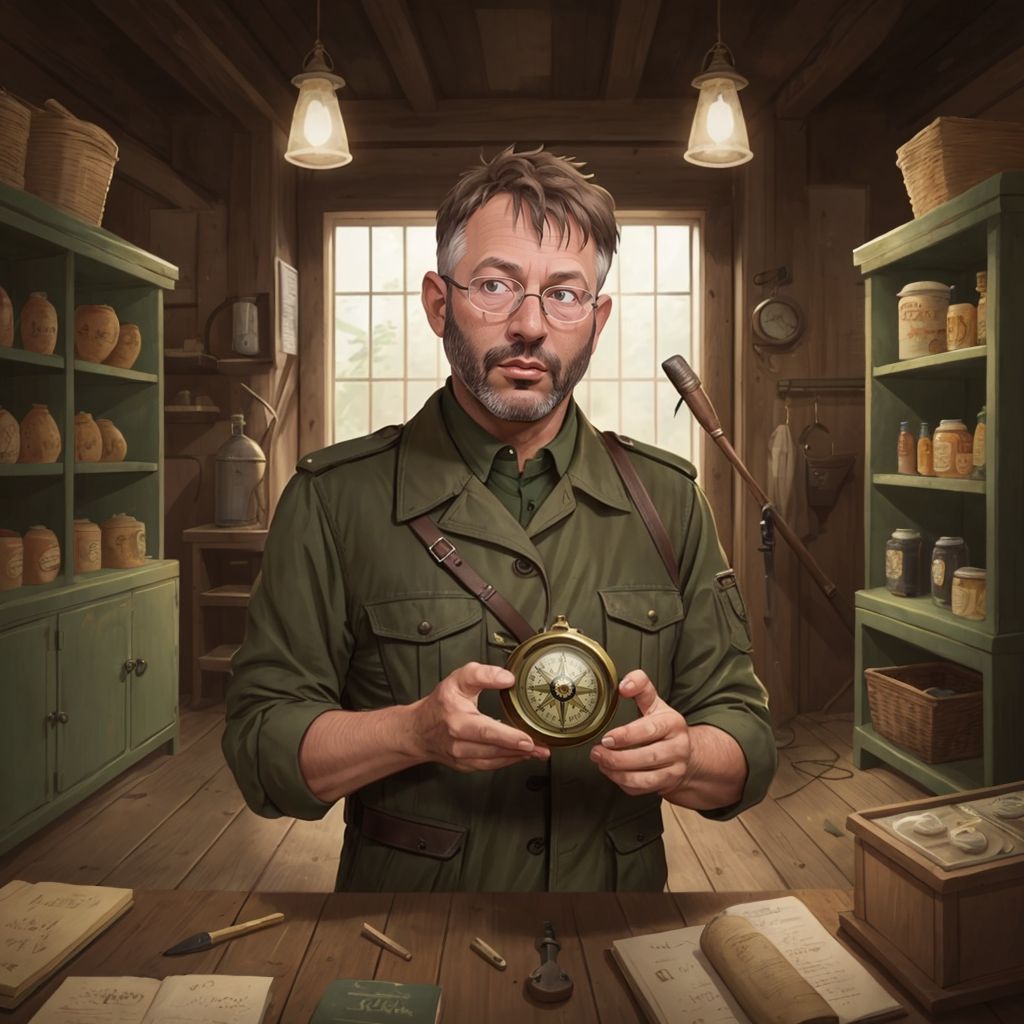

Recommend

Bo is a curious little explorer with a big imagination! With his trusty stuffed goat by his side, he sets off on an exciting adventure filled with wonder, surprises, and fun discoveries. Join Bo as he learns, laughs, and explores the world around him!

Luna, a curious and imaginative little girl, discovers a magical umbrella in her grandmother's attic. Every time she opens the umbrella, it takes her to a different fantastical world where she learns a valuable lesson. The story emphasizes themes of curiosity, courage, and kindness.

1. On a fine morning, with the fresh air, Ruby and its friends talked about their dreams for the future. They had the same dream to be realized is to explore the world widely. So that they could find a variety of God’s creatures. 2. Ruby, Noa and Leo (they are still a little pigeon) are gathering in one frame, they arrive at the tough branch of a shady green tree in a rainforest, while laughing they talked each other about their future dream when they were grew older. 3. Day by day passed (Ruby, Noa, Leo are in one frame in the same tree branch), Ruby, Noa, and Leo felt so bored because the time runs so slow. They (Ruby, Noa, and Leo) can’t wait to fly high to the sky 4. After a long waiting moment, Ruby, Noa, and Leo realized that they had grown up into older and were able to fly higher. Ruby, Noa, and Leo talked about their plans to realize their dream as soon as possible. Until one day, their dream truly came true. 5. Ruby, Noa, and Leo are getting older, they are flying together in the blue sky with a happy face and taking each other 6. After fly high together, Ruby, Noa, and Leo felt so tired and they feel asleep in their cage. 7. After waking up, Ruby, Noa and Leo felt so blessed because they lived on an amazing planet named “Earth”. While gazing in awe to the surrounding view, Ruby muttered gratefully
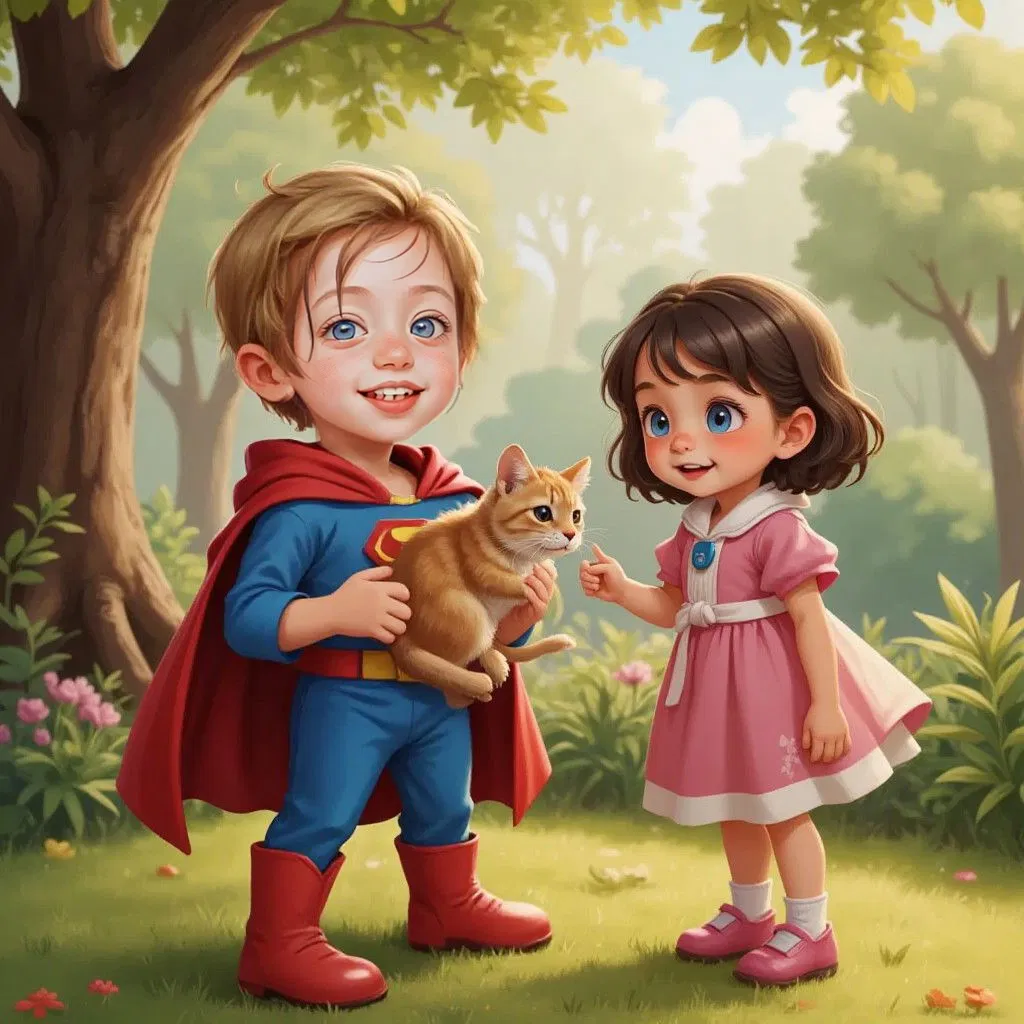
Rif becomes a superhero. He puts on a Super-Man costume and sets out to help people and animals along the way. He helps an old woman cross the road, a cat get down from a tree, frees chicks stuck in a tree, helps a firefighter put out a fire and the police catch thieves.
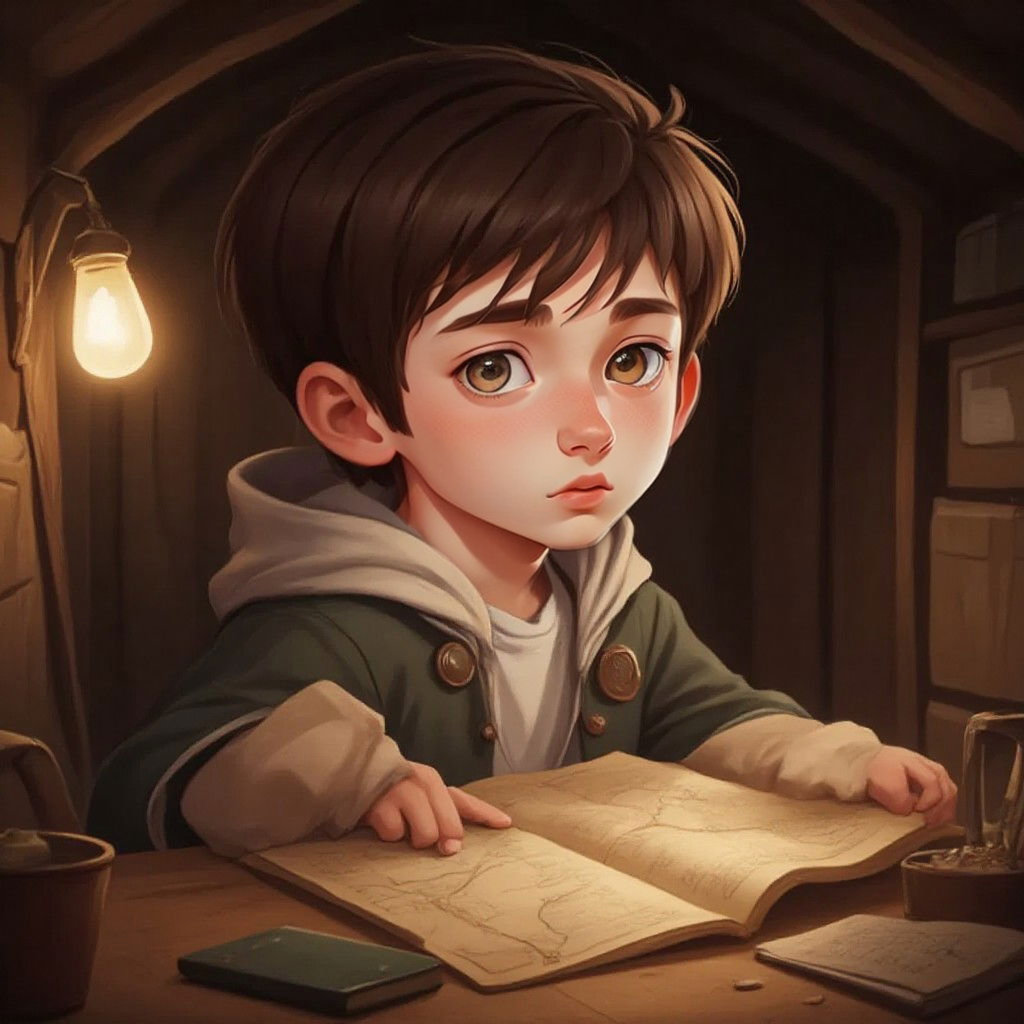
Rufus
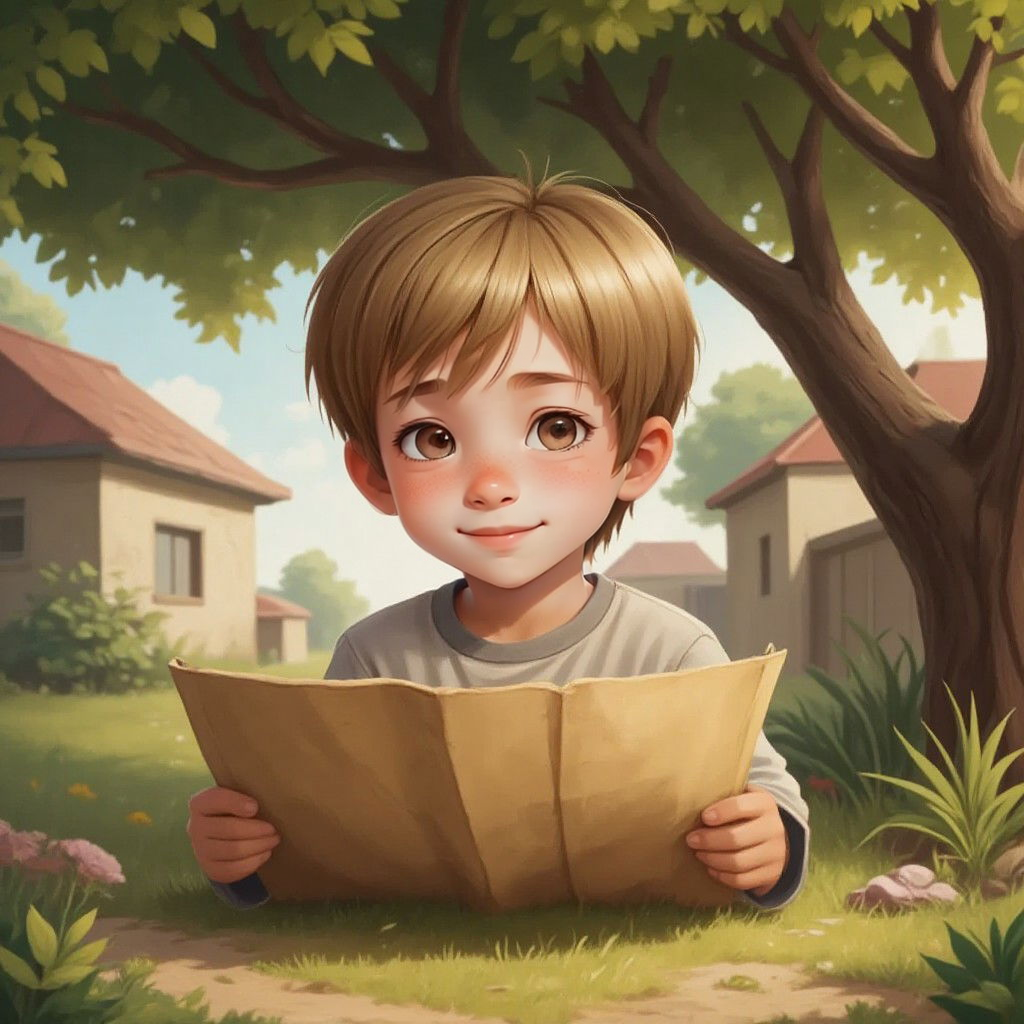
Twins, Easton and Alivia love to laugh and hang fun but also must work together to solve a mystery everyone is counting on them to solve
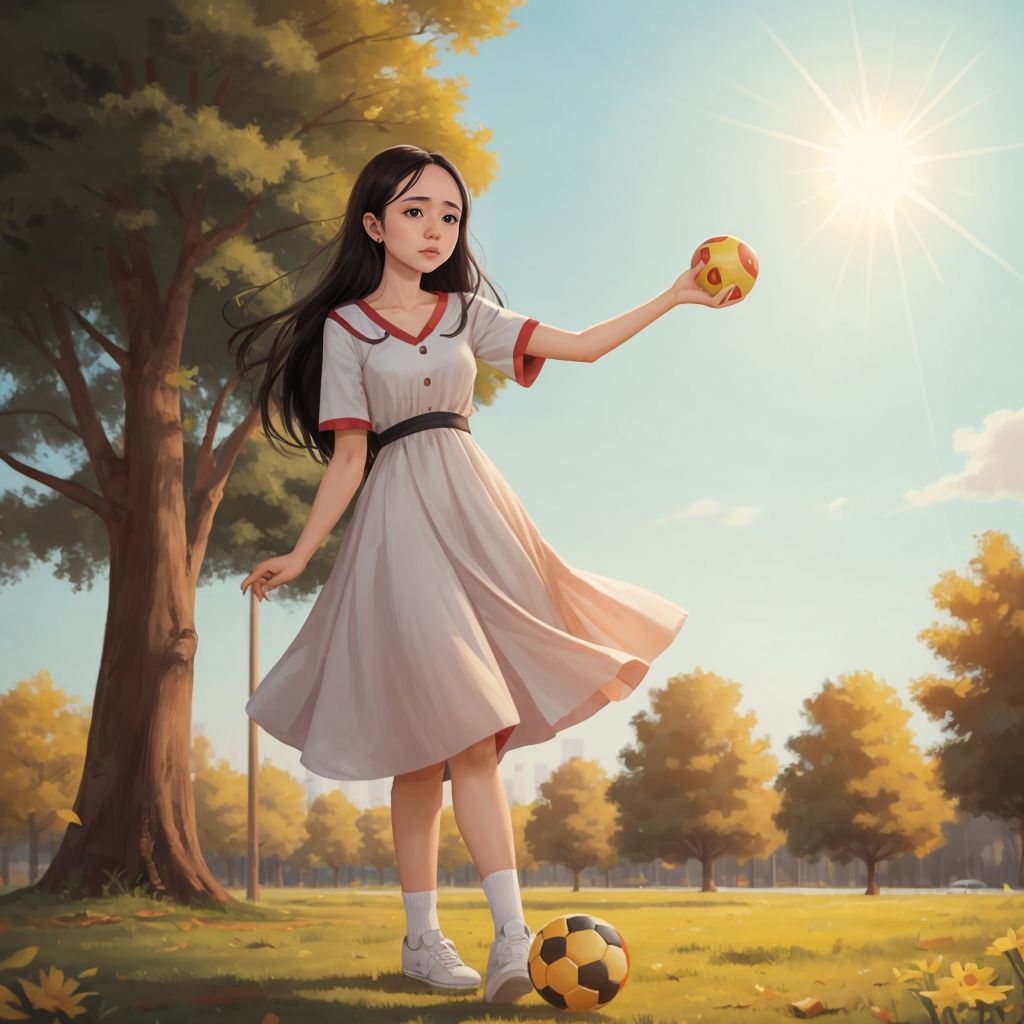
1. Issa and Nuray are playing ball, Nuray starts to sing and circle the balls while boy laughs at that 2. Nuray gives Issa two fluffy toys - cookie and chocolate 3. Nuray and Issa go to see dinosaurs
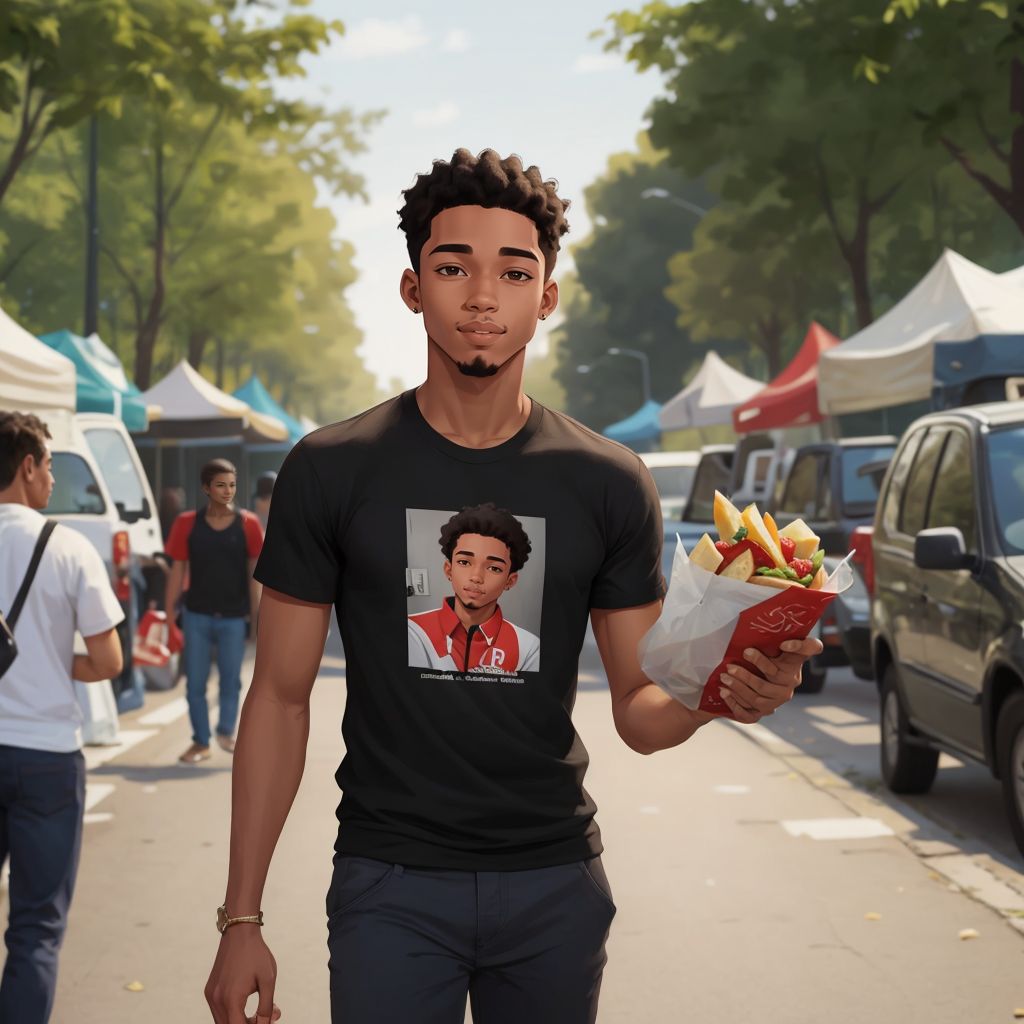
1. a boy meets a girl at a charity event 2. started going home together for the event 3. they fall in love with each other 4. the boy kiss the girl 5. they live happily ever after
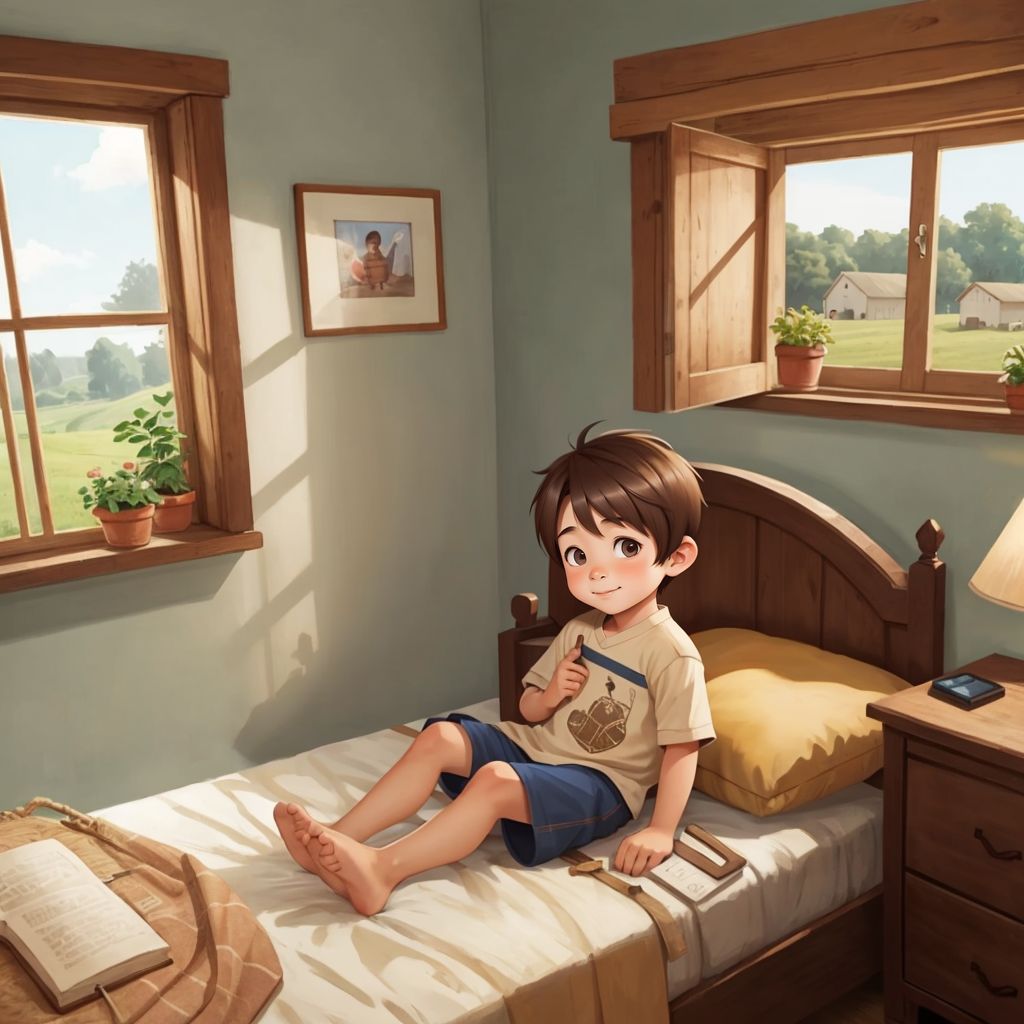
Story about Sam, a smart and curious boy who loves numbers and patterns. She help his mother sells vegetable in the store. And he helps his father harvesting fruits and vegetables. They had fun, and Sam help the father organize the data of their harvested crops into a tabular form and make a vertical bar graph and horizontal bar graph about to represent it
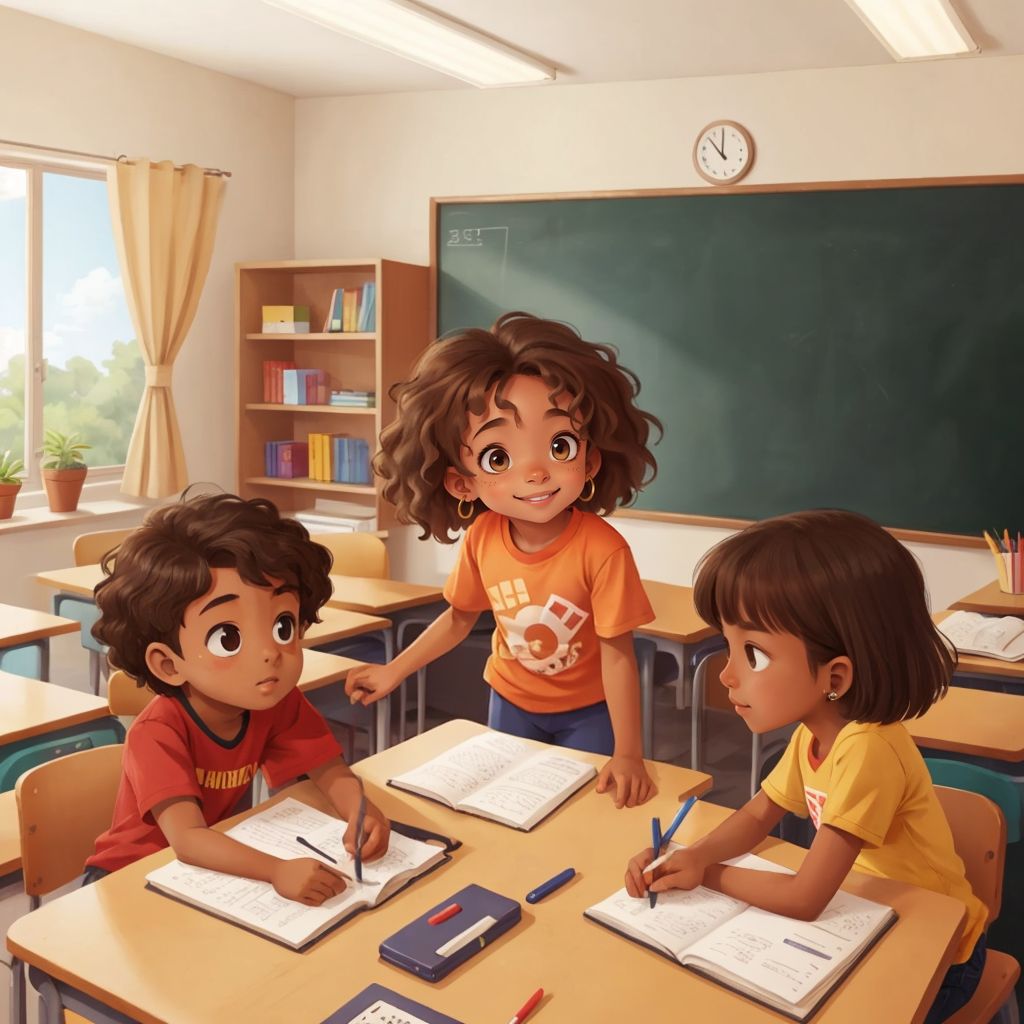
Layla

Kitty Loves Balloons ________________________________________ Chapter 1: Once upon a time, a fluffy gray kitty named Whiskers lived in a cozy little house at the edge of a quiet town. She was a curious little kitten with bright eyes and a love for adventure. But there was one thing that Whiskers loved more than anything else in the world—balloons! It all started on a sunny afternoon when Whiskers played in the garden. As she chased a butterfly, something magical floated down from the sky. It was bright red, round, and shiny. Whiskers had never seen anything like it before! With a gentle thud, it landed on the grass right in front of her. Whiskers pawed at the mysterious object, and it bounced away with a funny squeak. Whiskers giggled with delight and ran after it. The balloon bobbed up and down, as if it was playing a game of tag. The more Whiskers chased it, the more she realized how much fun balloons could be. She pounced and patted, all while the balloon danced in the air. That evening, Whiskers brought the balloon inside the house, carrying it gently in her mouth. From that day on, the little kitten and her big red balloon were inseparable. Whiskers had found her new best friend. ________________________________________

1. Sunny children's bedroom, colorful toys scattered on floor, two young Asian girls (5 and 3 years old) playing happily, warm lighting, cheerful atmosphere 2. Mother standing in doorway of messy children's room, gentle but slightly exasperated expression, two girls looking up at her, toys everywhere 3. 3-year-old Asian girl crying loudly in the center of a messy room, surrounded by piles of toys, tears streaming down face, distressed expression 4. 5-year-old Asian girl standing thoughtfully, hand on chin, concerned expression, blurred image of crying younger sister in background 5. Older sister (5 years old) crouching next to younger sister (3 years old), gently patting her head, younger girl looking up with teary eyes but no longer crying 6. 5-year-old girl holding large red toy box, encouraging smile, 3-year-old sister looking curious, tear-stained face but interested expression 7. Two sisters searching room for red toys, younger girl excitedly holding red building block and toy car, older sister smiling in background 8. Sisters putting blue toys into blue box together, focused and happy expressions, teamwork evident 9. Older sister crouching next to younger one, pointing at ambiguous colored toy, younger sister furrowing brow in concentration 10. 3-year-old girl beaming with pride, holding up yellow rubber duck, 5-year-old sister clapping happily nearby 11. Bird's-eye view of tidy children's room, toys neatly arranged in colorful boxes, 3-year-old girl standing in center with proud smile 12. Mother in doorway with surprised and proud expression, older sister with arm around younger sister's shoulders, both girls smiling at mother 13. Warm sunlit room, sisters hugging tightly, clean and bright surroundings, blue sky and white clouds visible through window, cozy and happy atmosphere Style notes: Cute, child-friendly illustration style, bright colors, simple backgrounds, focus on character expressions and interactions

Little Sadie is excited to learn her first of many of her families Gulla Geechee recipes from her Nona (Grandmother) BJ. Her family are African Descendants and have a close relationship with the earth and ancestors who they believe becomes their spirit guides and guardian angles once they transition to the other side. Today Nona BJ was going to teach her hot to make hot water cornbread and butter from scratch. This is her first recipe. With each once Littsadie will earn a special power from her tribe of ancestors that will help her along the way. Little Sadie will meet her spirit guide Anna Marie and Her guardian angel Helen Mildred. On her journey to gather the ingredients her an Nona BJ need.

Hazel goes to get her hair braded. She hates getting her hair done. Hazels states it takes to long and some times she cries. When her hair is finished Hazels likes it because there are colorful beads on it. Hazels says she likes colorful beads.
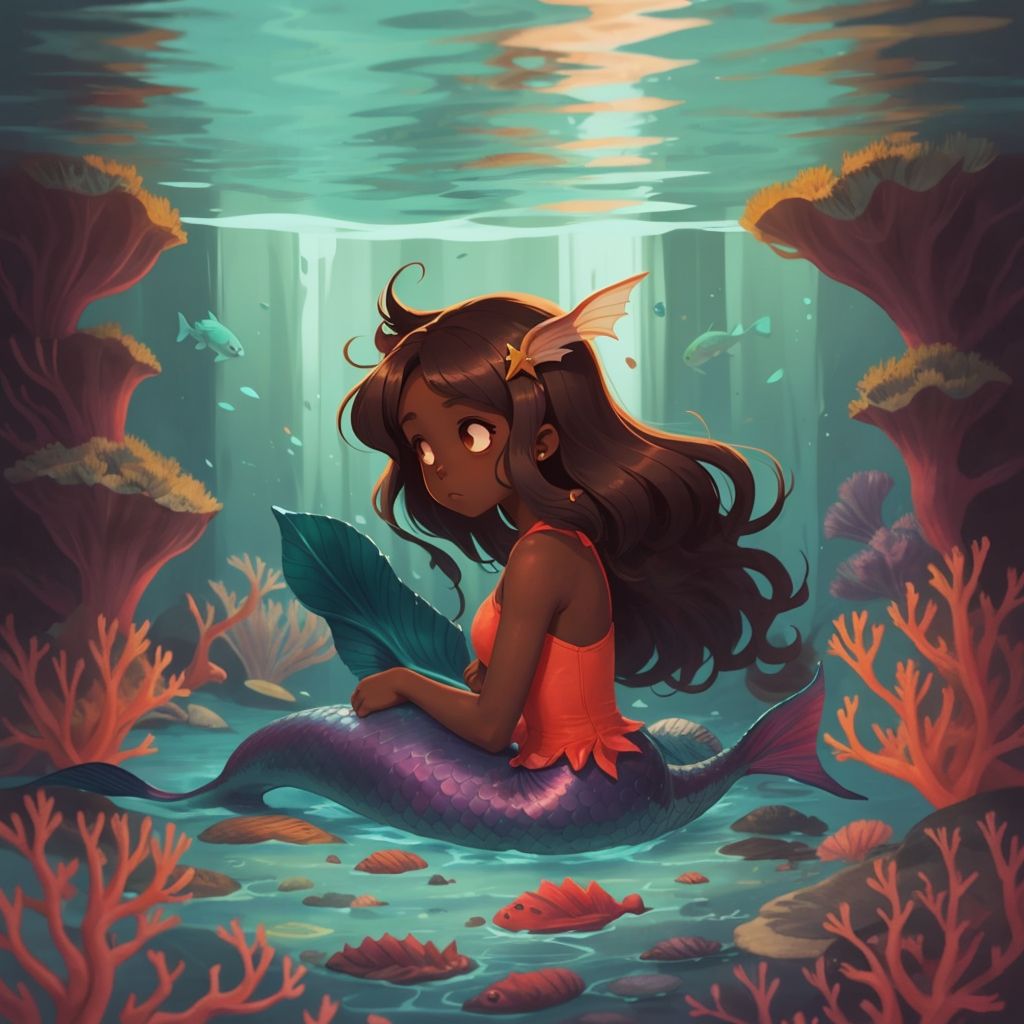
Once upon a time, in a coral city deep beneath the waves, lived a mermaid named Delphine. Delphine was different. While other mermaids had shimmering scales and bright, colorful tails, Delphine’s scales were a dull brown and her tail, a muddy grey. She felt out of place in the vibrant city.
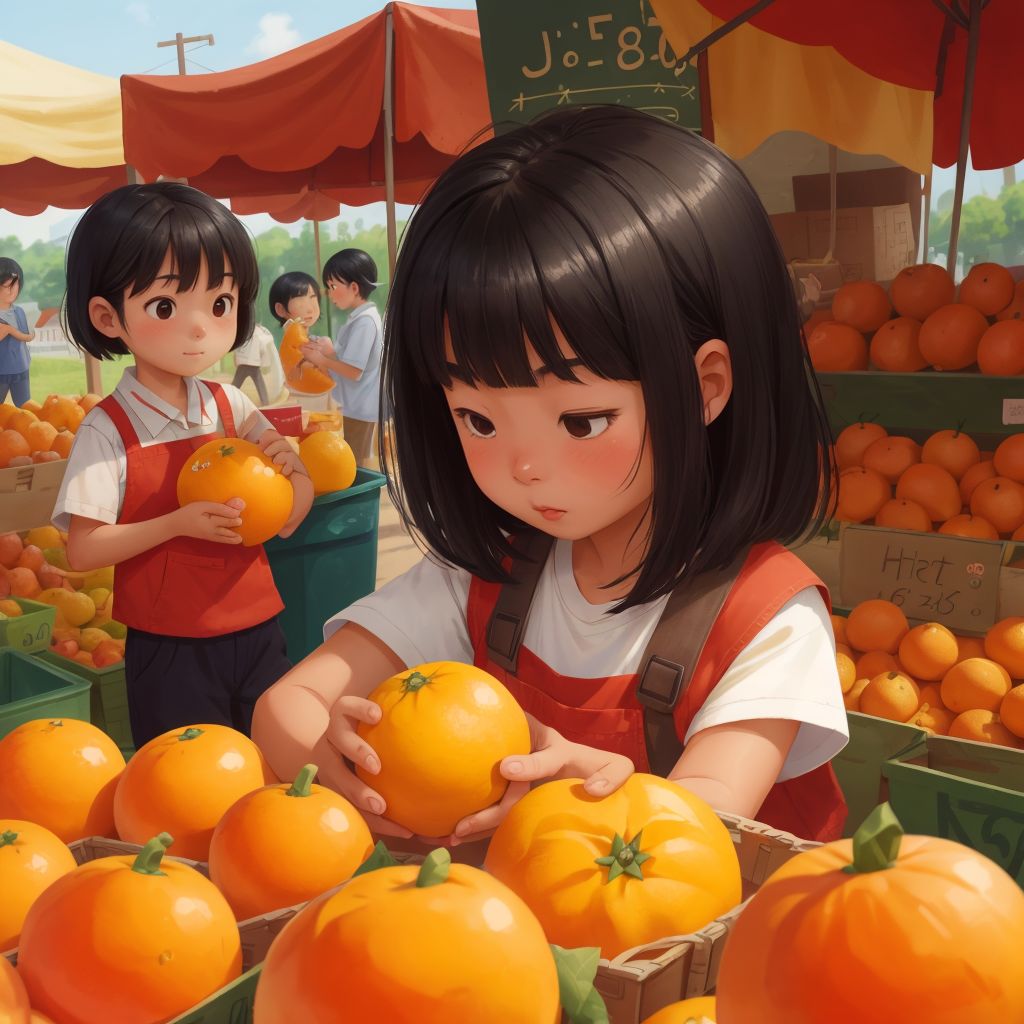
Miss Orange County goes to the farmer’s market. She likes to make orange juice every day and the market has the juiciest oranges in all of town. As she puts oranges in her basket, a young girl named Emily came up to her. “Are you Miss Orange County?” “Yes, I am!” “Can I get your autograph?” Miss Orange County: “Yes, of course” While Miss Orange County was signing Emily’s hat, she could see Emily looking her up and down. Emily: “I wish I could be a queen, too.” Miss Orange County: “But you already are.” Emily: “Well what do you mean?” Page 6: Miss Orange County: “Everyone can be a queen. Beauty is based on the good we create in the world around us and how we can make our communities beautiful” “Zookeepers are queens because they keep our wildlife safe and healthy.” “A police officer’s beauty comes from their commitment to keeping their city safe.” Doctors help us stay beautiful, healthy, and strong.
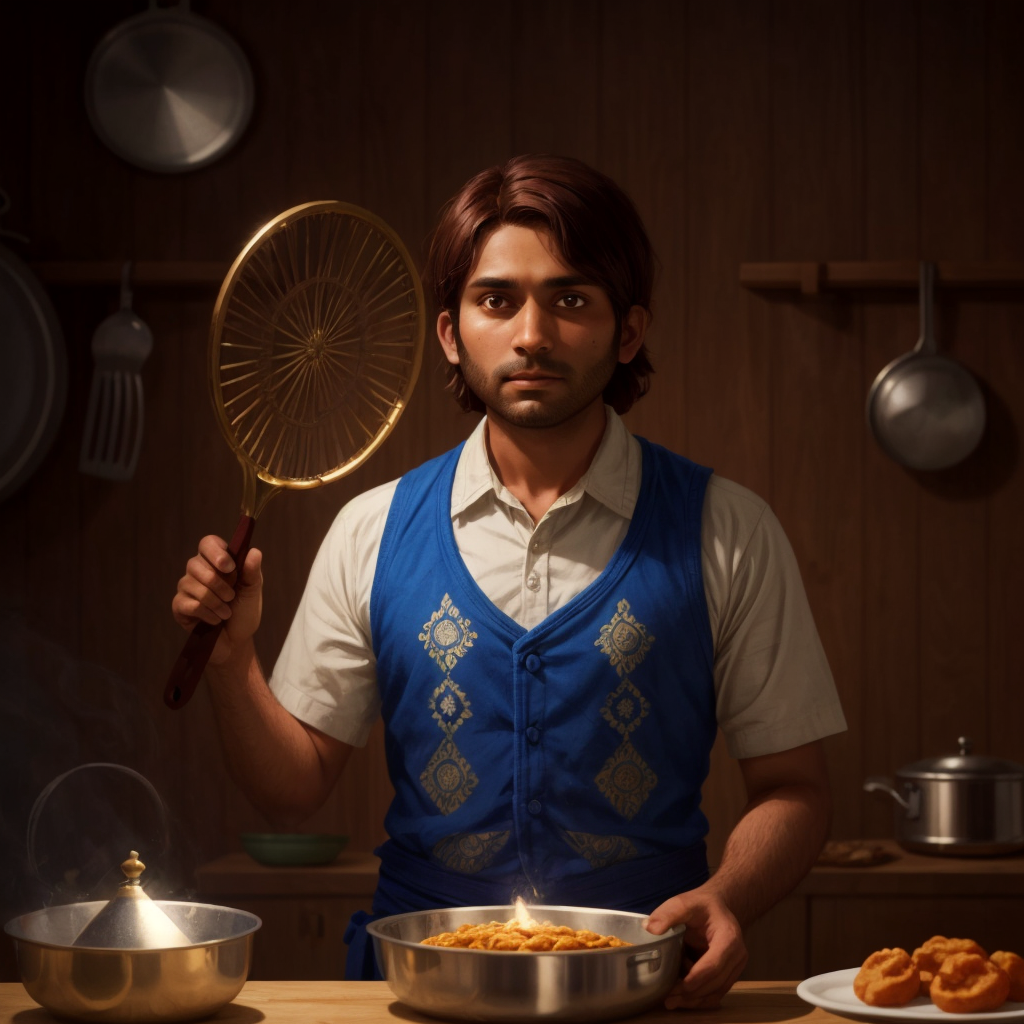
The book "Charming kitchen items: Fairy tales from the world of gastronomy" contains several chapters, each of which is a separate fairy tale story. Here is the possible contents of the book: Chapter 1: The Magic Frying Pan - Meeting with the young chef Edmund, who embarks on a journey through the kingdom to uncover the secrets of kitchen items. - Edmund meets an ancient frying pan, which tells him about his magical abilities and helps him cook magical dishes. Chapter 2: The Magic Pot - Edmund learns about an ancient saucepan that holds memories of ancient recipes. - Together with the pan, Edmund goes in search of lost recipes and gains wisdom from ancient culinary traditions. Chapter 3: In the Footsteps of the Magic Fork - Edmund goes in search of a magic fork, about which there are many legends. - Meetings with various characters and adventures in search of a magic fork that helps to find happiness and good luck in cooking. Each chapter of the napo

"Adventures with Furry Friends: A Beginner's Reading Book" is a delightful tale crafted especially for young readers who are just beginning their reading journey. This heartwarming book centers around the lovable trio of a dog, a cat, and a bird, each with its unique personality, making it the perfect companion for children exploring the magical world of words. With simple and repetitive sentences, the book provides a gentle introduction to basic reading skills while immersing children in the charming adventures of these furry companions. The delightful illustrations bring the characters to life, capturing the attention of young readers and fostering a love for storytelling.
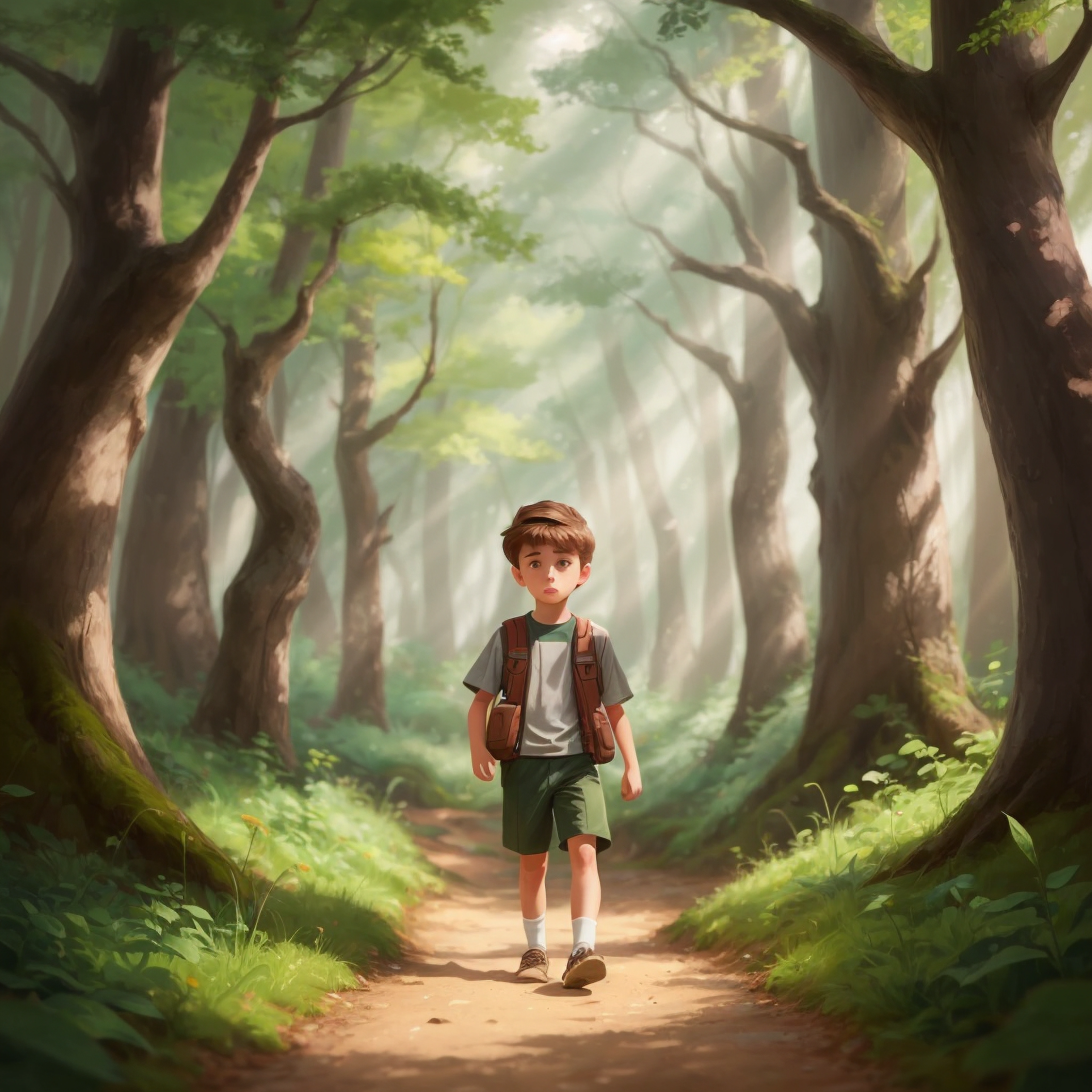
.

One sunny morning, Emily discovered something exciting: a magical device called a "tablet." Emily was eager to explore the tablet but didn't know where to start. That's when Mr. Thompson, Emily’s dad, decided to help her. He showed her how to turn on the tablet. Mrs. Thompson, Emily’s mom, joined in and taught her how to tap an app.
